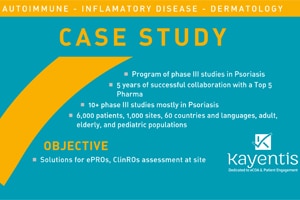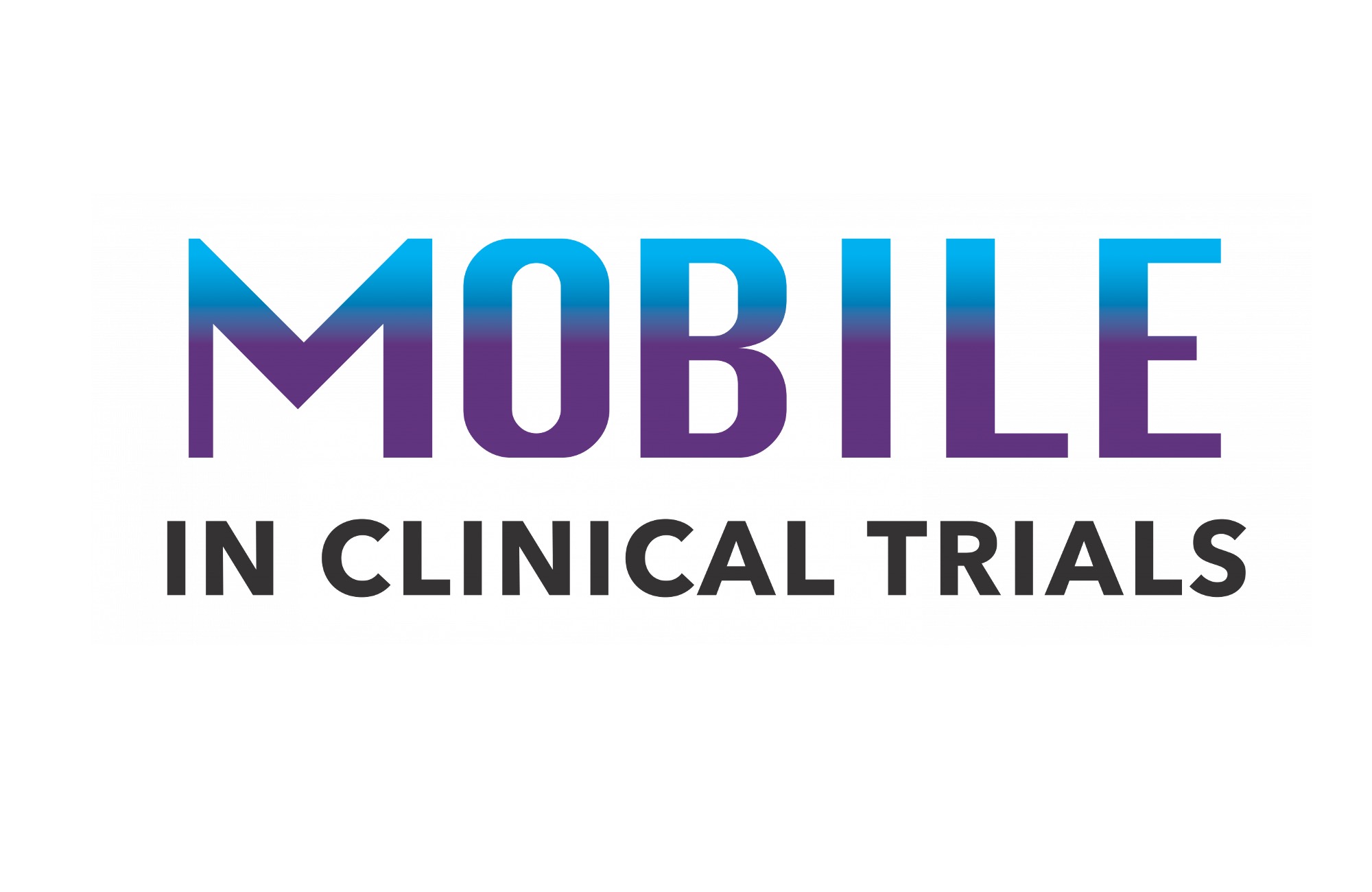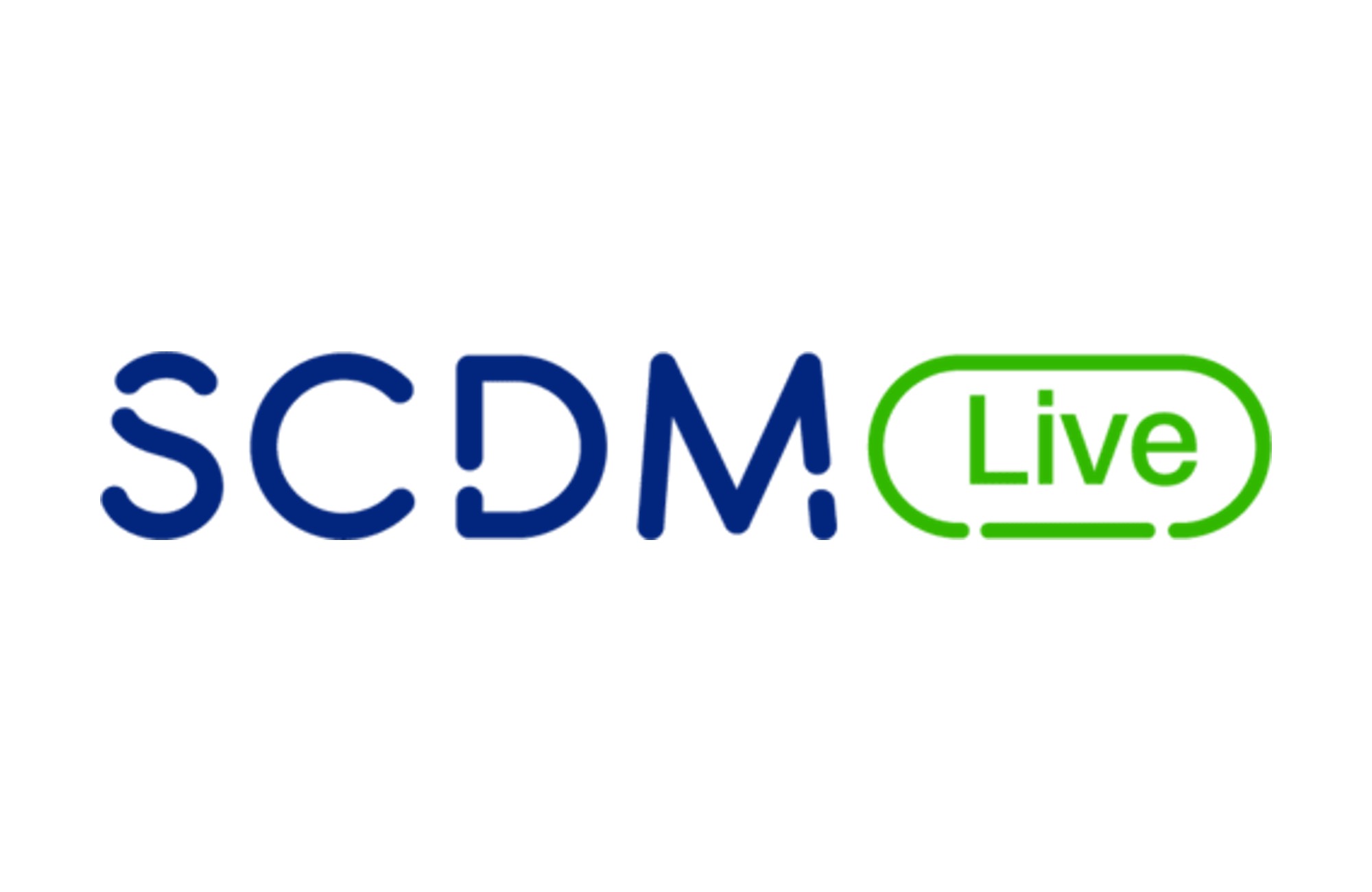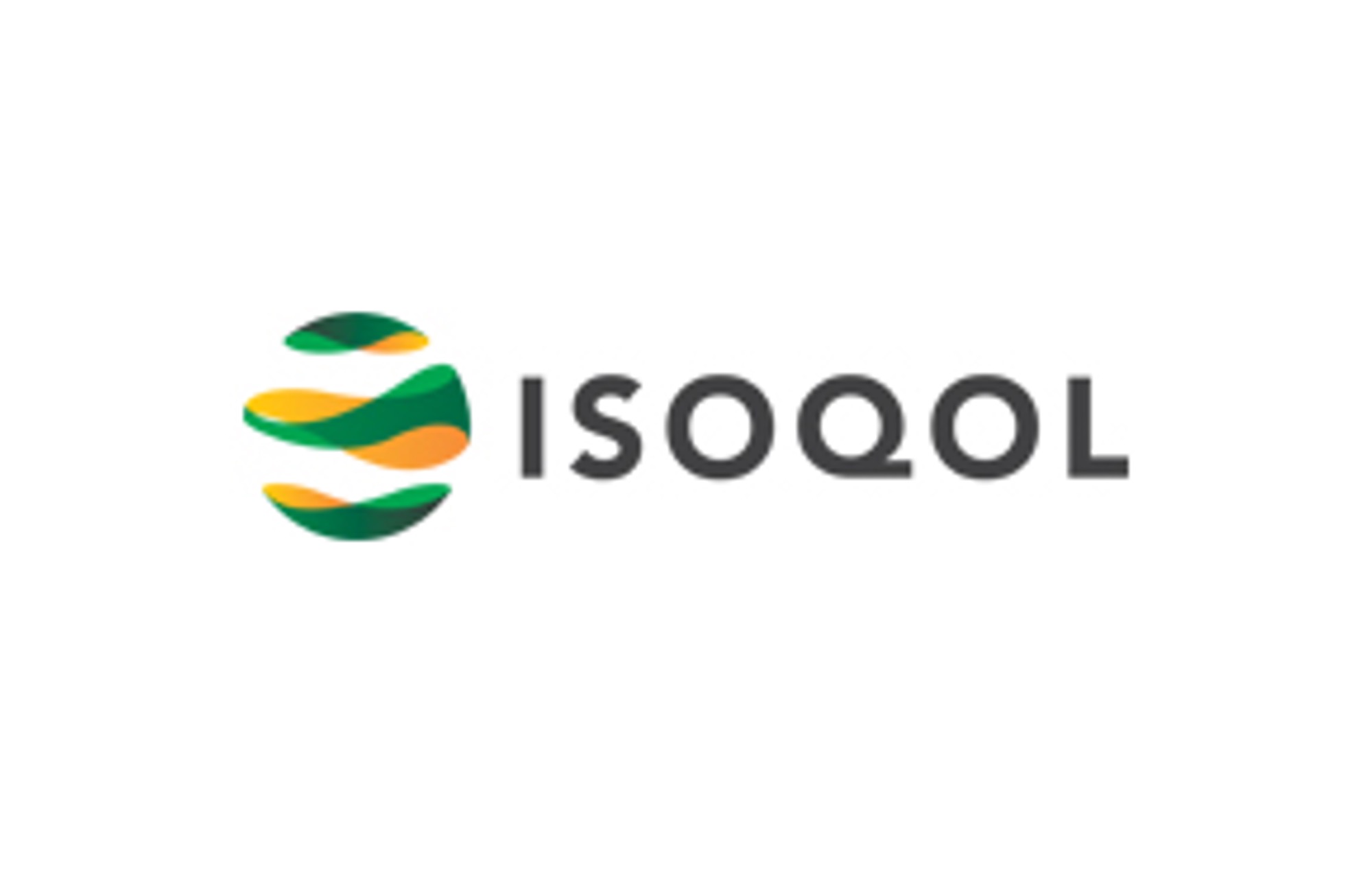Psoriasis is a chronic immune-mediated inflammatory disease of the skin with various presentations and clinical courses. The commonly used measures for scoring the severity of psoriasis include the Psoriasis Area and Severity Index (PASI*), which is a quantitative rating scale for psoriasis based on the severity of the lesions and the size of psoriatic areas assessed by physicians.
Quality of Life scales or global assessment of the disease, such as the Physician Global Assessment, are also widely used to measure clinical effectiveness of a particular treatment and to evaluate treatment success in routine care.
The added value of eCOA (Electronic Clinical Outcome Assessment) versus paper COA has been proven elsewhere. This article highlights the additional benefits for the clinical staff and study teams of using an eCOA Tablet device in clinical studies of Psoriasis.
3 key success factors for eCOA Tablets in Psoriasis studies are listed below:
1. Tablet device for eCOA: the right device for site-based eClinRO & ePRO data collection
The collection of data on patient symptoms and the global assessment of the disease observed by clinicians (ClinRO) as well as data on patient quality of life (ePRO) need to be taken into consideration in choosing the device.
The type of eCOA instruments used in clinical studies of Psoriasis—especially the PASI assessment—require a larger screen due to the presentation of the rating scale tab.
The larger screen size of a tablet compared with a mobile device, and the mobility and ease of use compared with a laptop, make tablets the ideal device for both eClinRO and ePRO site-based data collection.
The same tablet is used for both eClinRO and ePRO data collection, allowing clinicians and patients to record real-time outcomes as source data.
An important benefit of using a single device is a large reduction in cost, with data management and data cleaning costs being dramatically lower.
2. Higher data quality – Instant PASI score available – Real-time reporting

The use of a Tablet is key to increasing data quantity and quality. In particular, the tablet configuration allows the clinician to review patients’ data to help minimize missing data and errors.
The tablet dual connectivity (3G/WIFI) enables the clinical staff and study team to have immediate access to the data. Once the PASI questionnaire is completed and the data are entered in the Tablet, the PASI score is instantly calculated, transmitted and immediately available on the web portal screen.
The use of the Tablet combined with the integrated Web portal access allow clinical staff and the study team to monitor the study easily and in detail.
3. Happy sites increase patient engagement and compliance
The handheld tablet device is very intuitive and easy-to-use for all users – this is key to increasing the data quality while ensuring patient compliance in the completion of the questionnaire, and also helps the patient to remain actively involved in the trial.
For the clinical staff, the reduction in paperwork during a site visit reduces the administrative monitoring burden for data source checks and can be crucial for the success of the clinical trial.
Having happier, more efficient study site staff means that the clinical interactions with the patient can be of higher quality.
eCOA Tablet devices offer huge benefits to Psoriasis clinical studies, leading to better productivity and overall cost savings for the study while at the same time improving data quality, patient engagement, and study compliance.
Frédérique MARION, Kayentis Business Development Director – August 30, 2016
 [[ Read more ]]
[[ Read more ]]
Case study: an extensive eCOA experience in autoimmune, inflammatory and skin diseases
(*) PASI Definition: To calculate PASI scores, the body is divided into four sections based on the estimated area of the skin affected (head = 0.1, upper extremities = 0.2, trunk = 0.3 and lower extremities = 0.4). Each area is graded separately from 0 to 6, depending on the estimated percentage of the psoriatic involvement (0 = 0%, 1= 10 %, 2 = 10–29 %, 3 = 30–49 %, 4 = 50–69 %, 5 = 70–89 %, and 6 = 90–100 %). Within each area, severity is assessed by the presence of three clinical signs: erythema, induration, and desquamation (measured on a scale of 0–4). Total PASI values range from 0 to 72, with higher scores indicating greater disease severity.












